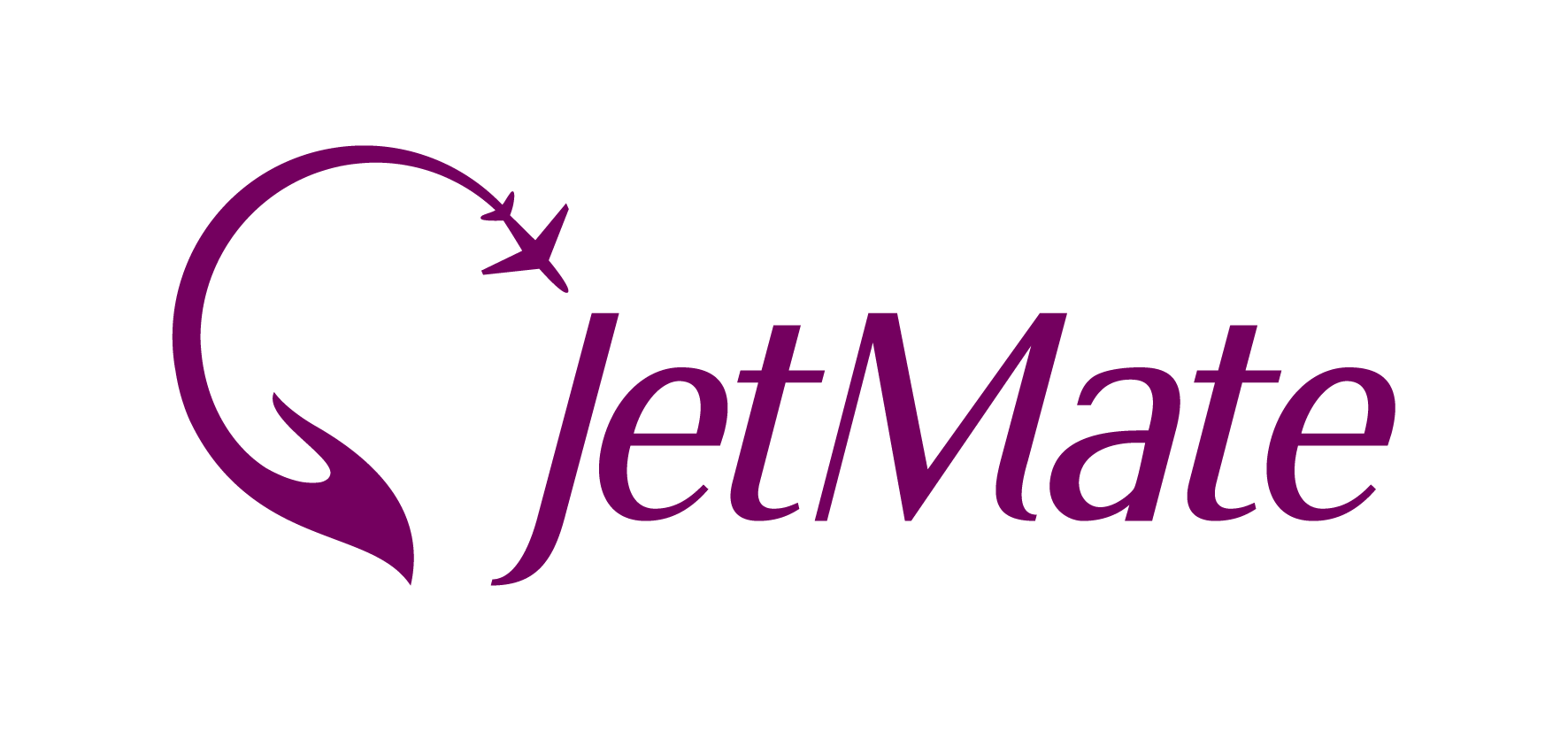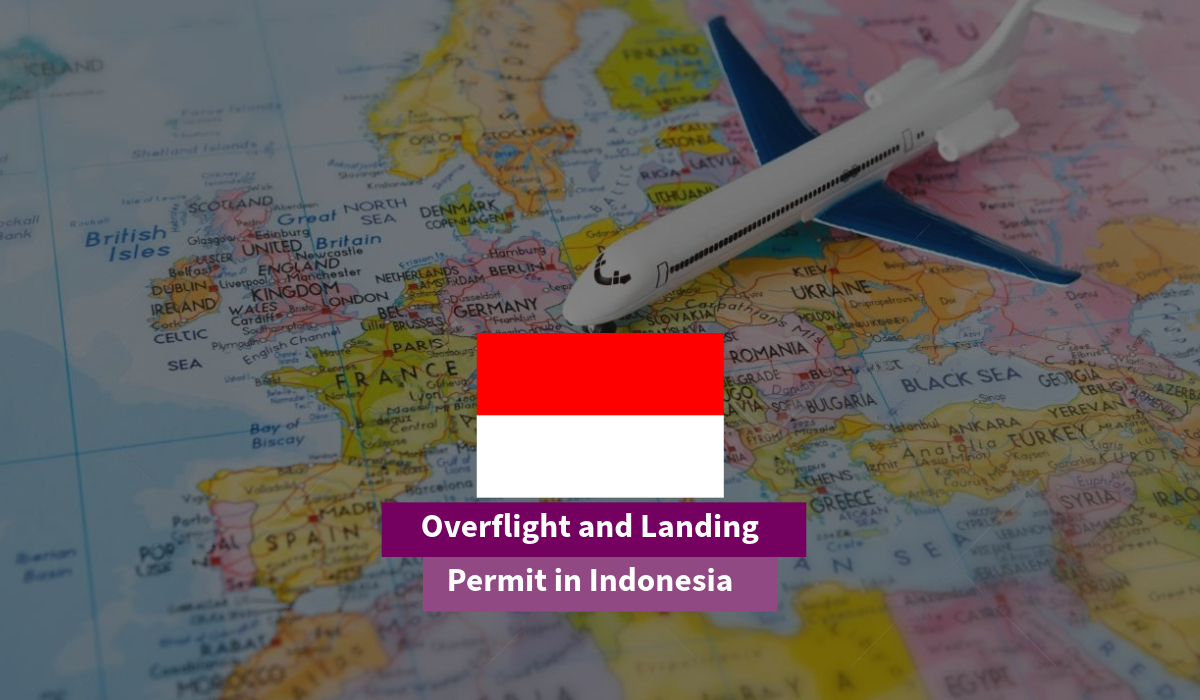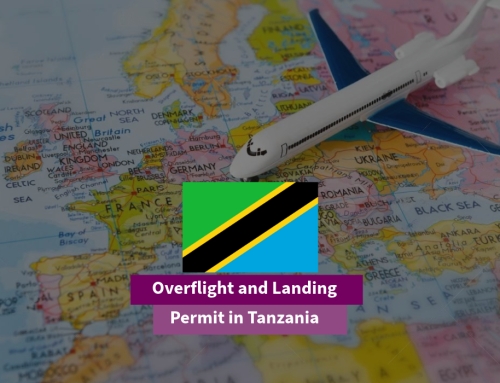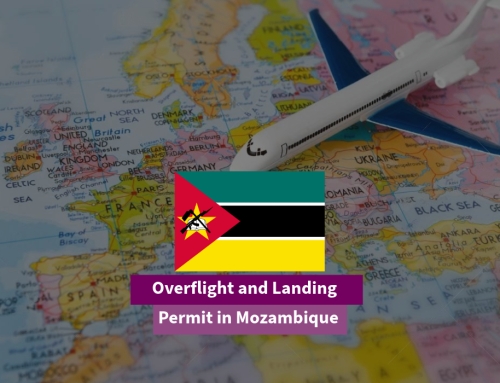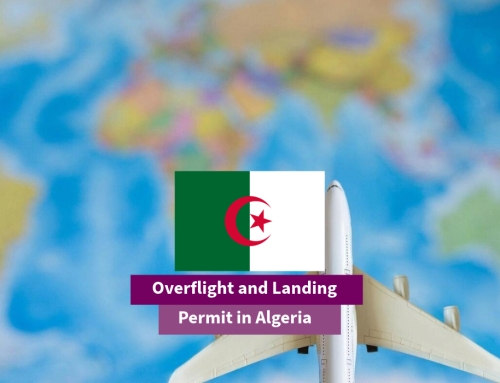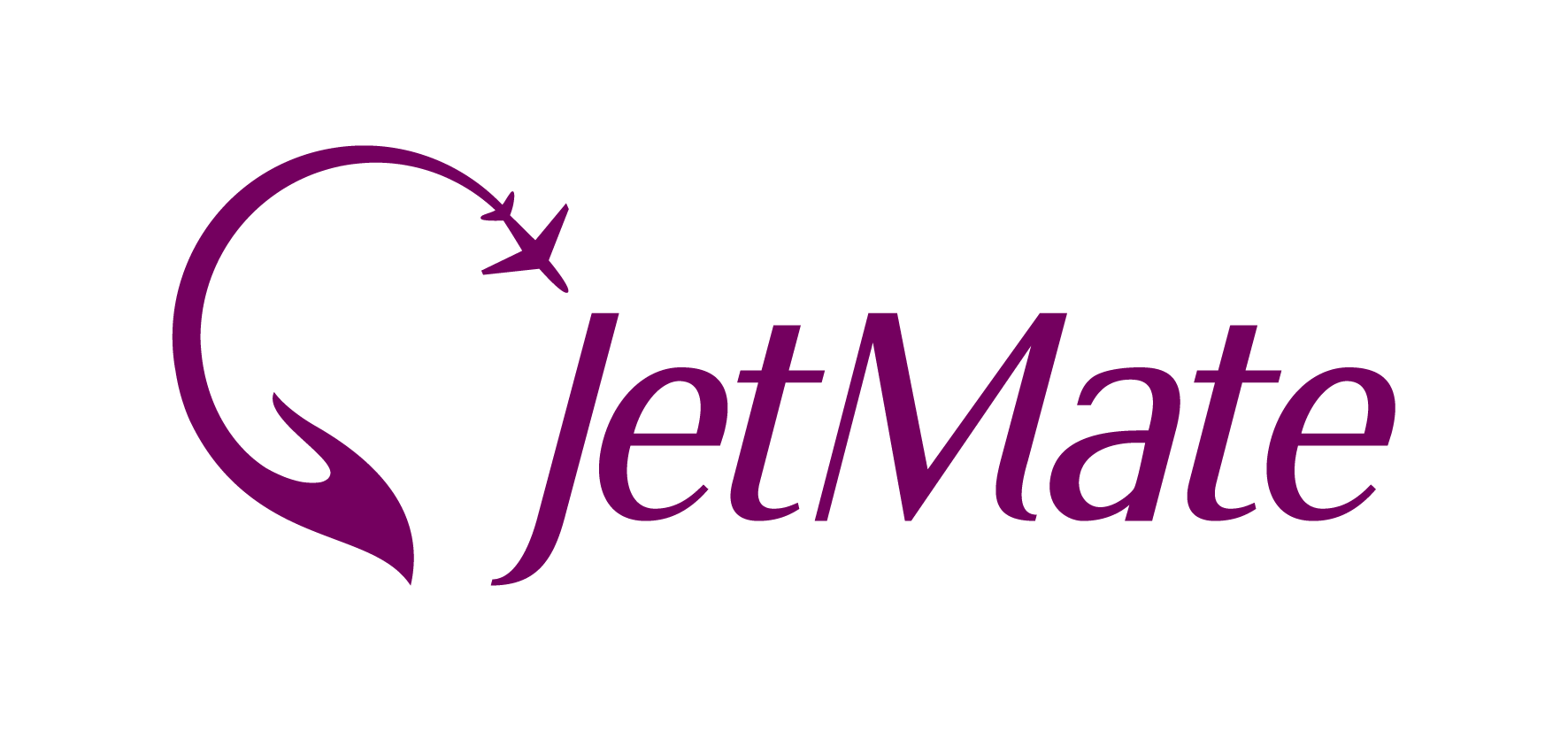Obtain Overflight and Landing Permit in Indonesia
Flying to or over Indonesia requires compliance with its aviation regulations, including obtaining necessary flight permits. Indonesia, an archipelago with over 17,000 islands, is a critical hub for tourism, cargo, and international air traffic in Southeast Asia. Here’s a detailed guide to help operators navigate the requirements for flight permits in Indonesia.
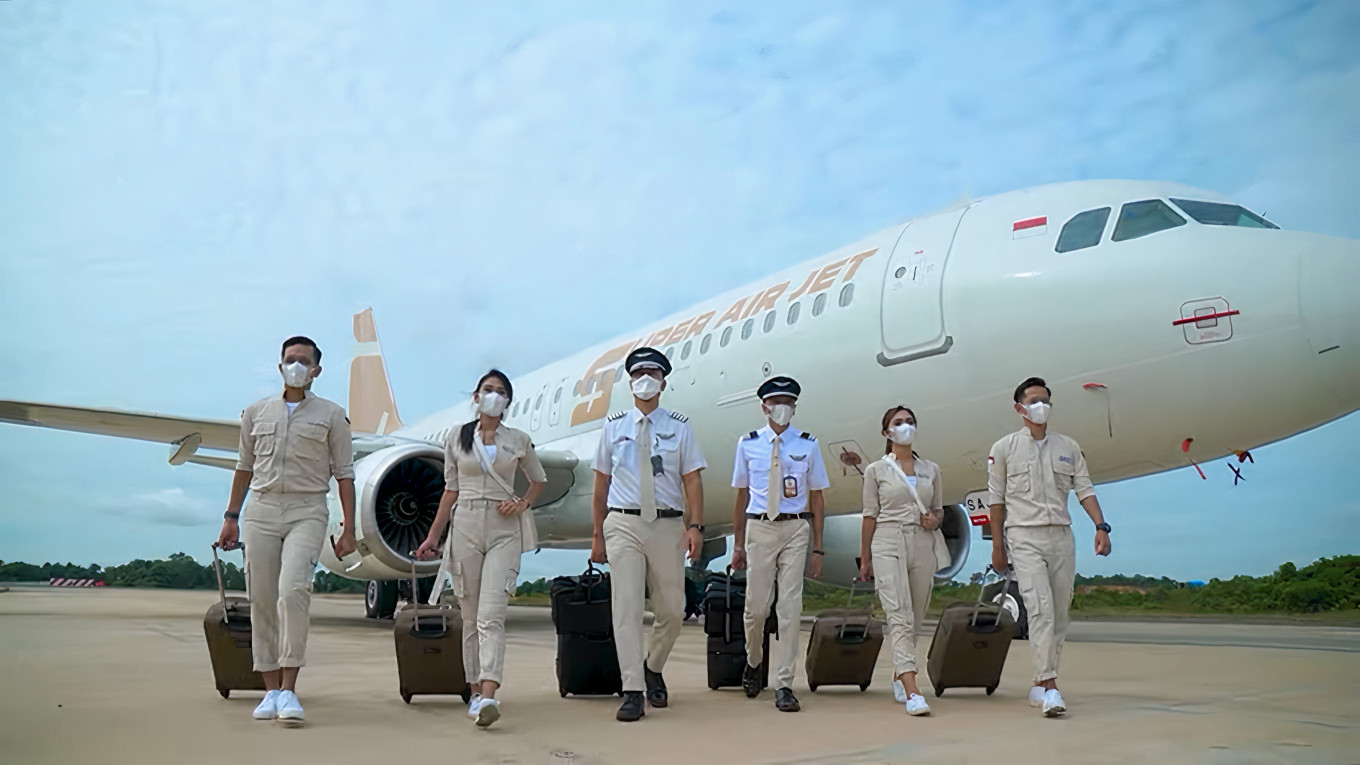
1. Types of Flight Permits in Indonesia
1.1 Overflight Permit
An overflight permit is mandatory for any aircraft transiting Indonesian airspace without landing. This ensures compliance with Indonesia’s air traffic control (ATC) regulations and safety standards.
1.2 Landing Permit
Landing permits are required for all flights intending to land at any Indonesian airport. These permits are essential for scheduled and non-scheduled flights, private charters, and cargo operations.
1.3 Diplomatic Permit
Government or military aircraft require a diplomatic permit for overflights or landings in Indonesia. These are issued in coordination with the Ministry of Foreign Affairs and the Directorate General of Civil Aviation (DGCA).
2. Regulatory Authority
Under the Ministry of Transportation, the Directorate General of Civil Aviation (DGCA) Indonesia oversees all flight permits and ensures compliance with ICAO standards.
3. Documentation Required for Flight Permits
For Overflight Permits:
- Aircraft registration certificate.
- Airworthiness certificate.
- Aircraft insurance certificate (covering third-party liability).
- Air operator’s certificate (AOC) for commercial operators.
- Flight plan details, including entry and exit points in Indonesian airspace.
- Crew and passenger details (if applicable).
For Landing Permits:
- All documents required for overflight permits.
- Slot confirmation from the destination airport (if applicable).
- Ground handling arrangements at the destination airport.
- Passenger manifest or cargo details.
- Purpose of the flight (e.g., passenger transport, cargo, or private operations).
For Diplomatic Permits:
- Official diplomatic request or note from the operator’s government.
- Detailed flight itinerary and purpose.
- Information on crew and passengers.
4. Lead Times for Permit Approvals
- Overflight Permits: Usually processed within 24-48 hours.
- Landing Permits: Typically require 3-5 business days, depending on the type of flight.
- Diplomatic Permits: May take 5-7 business days due to additional coordination with government authorities.
5. Key Airports in Indonesia
Indonesia has several major international airports catering to both domestic and international flights:
- Soekarno-Hatta International Airport (CGK):
- Located in Jakarta, the primary gateway for international flights.
- Ngurah Rai International Airport (DPS):
- Serves Bali, a key hub for tourism.
- Juanda International Airport (SUB):
- Located in Surabaya, which caters to eastern Indonesia,
- Kuala Namu International Airport (KNO):
- Located in Medan, connecting northern Sumatra.
- Sultan Hasanuddin International Airport (UPG):
- Serves Makassar, central Indonesia.
6. Airspace Management
- ATC Services: Managed by the DGCA, Indonesian airspace is divided into Flight Information Regions (FIRs) to ensure efficient air traffic management.
- Restricted Areas: Certain regions, including military zones, require special clearance.
7. Special Considerations
Weather Conditions:
- Indonesia’s tropical climate includes monsoons, heavy rains, and thunderstorms, impacting flight schedules and routing.
Slot Restrictions:
- Major airports like Soekarno-Hatta and Ngurah Rai may have slot limitations, especially during peak travel seasons. Reservations are essential.
Customs and Immigration:
- All international flights must comply with customs and immigration procedures. Operators should ensure that passenger and crew documents are submitted in advance.
8. Steps to Obtain Permits
- Prepare Documentation:
- Gather all required documents based on the type of permit (overflight, landing, or diplomatic).
- Submit Application:
- File the permit application with the DGCA or through a designated agent.
- Coordinate Ground Handling:
- Arrange for handling services at the destination airport.
- Confirm Slot Allocation:
- Secure slots for airports requiring prior coordination.
- Monitor Application:
- Follow up with the DGCA to ensure timely approval.
9. Useful Contacts
- Directorate General of Civil Aviation (DGCA) Indonesia:
- Website: https://hubud.dephub.go.id
- Phone: +62 21 350 5006
- Email: [email protected]
Need a flight permit in Indonesia? click here
